Popular on Food52
8 Comments
plantsondeck
May 9, 2012
Thanks for the inspirational nudge. I tend an unloved community pocket garden that just may get enough sun to become a wee herb garden. At least I hope so...basil, parsley, tarragon, chives, rosemary, sage, and mint have already been planted.
Margit V.
May 3, 2012
Amy, please make a list of herbs which are especially useful in cooking delicious meals and some tips as to how many of each would supply an adequate amount . (I'm commenting again because I love herbs so much and find that they add so much deliciousness as well as high levels of anti-oxidants to food.). Personally, my goal in the herb garden is to have ABUNDANCE--loads of basil, for example, so that I can make lots of pesto, while it is in season and storing in the freezer for Winter, to add to pasta or soups or as a flavor base, whenever I feel like a taste os Summer! To get that much basil, I recommend starting seeds over two or three intervals during warm weather, so you have a new crop coming along, and keeping up with picking the crop that's ready on a daily basis. I also love Rosemary, and grow at least 4-5 plants in order to have a sufficient supply. I bring hem indoors for the Winter, and if you're lucky enough to have a cool, bright spot in your home, the Rosemary may survive. Right now, I have one flourishing plant, which will go outside when all danger of frost is gone. I could go on and on, but would love to hear from you about which perennials survive best in Zone 4 and 5, and whether getting plant starts or direct-seeding is recommended. Also, about storing herbs in the freezer.
Margit V.
May 2, 2012
Oh, do love mint-- it's wonderful with rice, cabbage, salads, tea, also in baking. Sorbet and jelly. There are several kinds, different flavors--even a chocolate mint. They are well worth growing.
Amy P.
May 7, 2012
I love mint, too! I'm particularly fond of Kentucky Colonel Mint, as the leaves are large and soft - great for recipes. As for chocolate mint....I've never found a flavor I like. Have you?!?! Do tell!
Margit V.
May 2, 2012
Remember that mint is a "thug". Absolutely never plant it anywhere except in a container where, no matter if it's a large pot or an entire 4x8 raised bed container, it will soon take over the whole thing! You even have to be careful that it doesn't "jump ship" and start growing outside the container. It could conceivably take over your whole garden! This advice comes from making the mistake that I could "manage" to keep mint in line! Wrong!!
aargersi
May 3, 2012
Mine did just that! Naughty mint! I had it in a pot then I turned around and it was coming up on the other side of the yard! I just keep pulling the runners and eating the leaves, it a sort of standoff - it grows as fast as it can and I keep pulling and clipping ... at least I have loads of mint for cooking!
aargersi
May 2, 2012
Fresh picked herbs make SUCH a difference! Things I have learned: Shiso roots - you can grow your own plant by rooting the bunch you drove to the other side of town to buy. Chives are cheerful little multipliers. Let them go to seed. Watch chives come up everywhere including the neighbors yard. Mint sneaks off and plants itself elsewhere. Then it sends out root runner things and takes over. Then you dig those up, pot them, and share with friends and family.
Now I am going to go outside to play
Now I am going to go outside to play

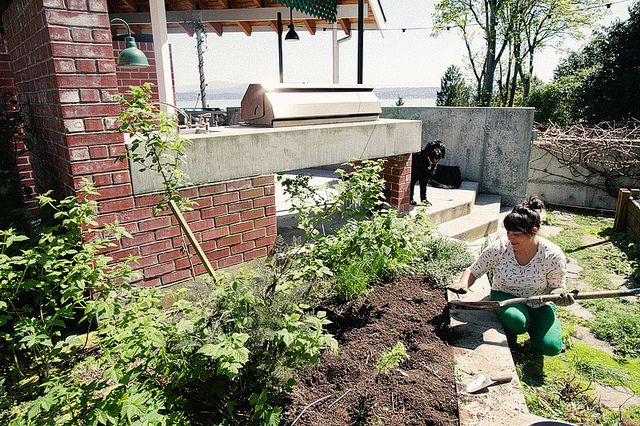
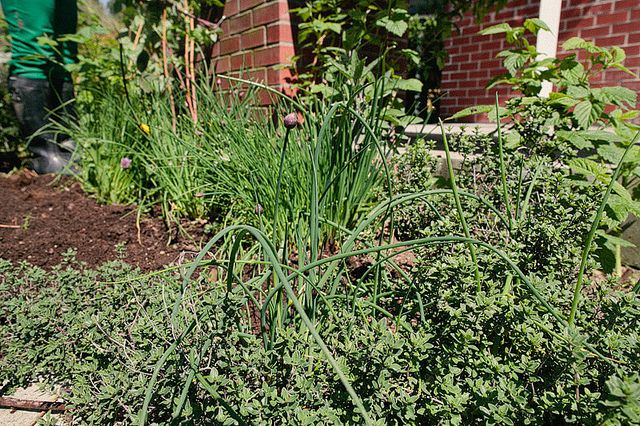
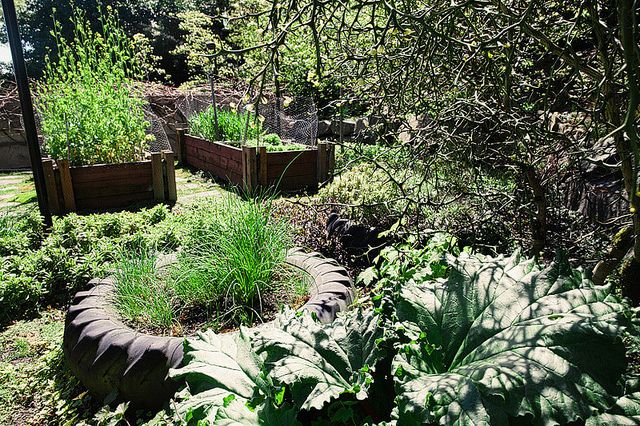
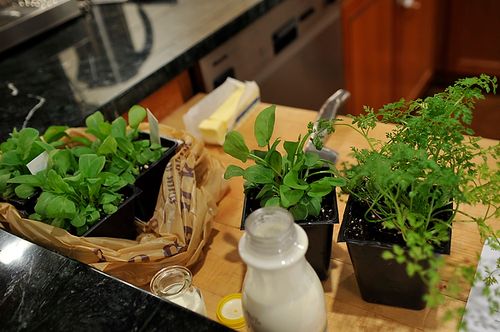
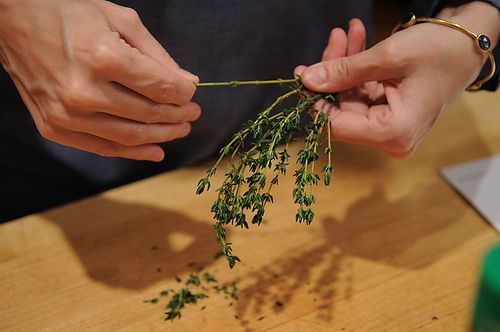
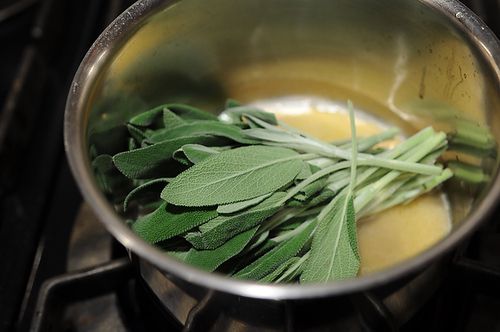
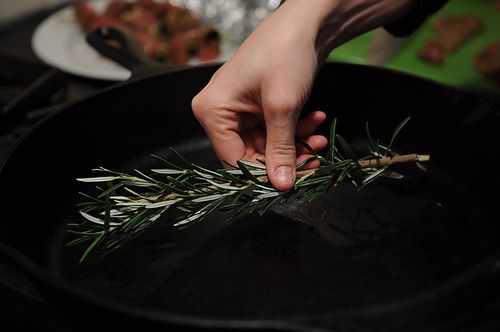

See what other Food52 readers are saying.